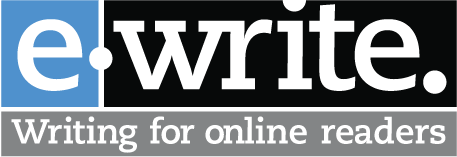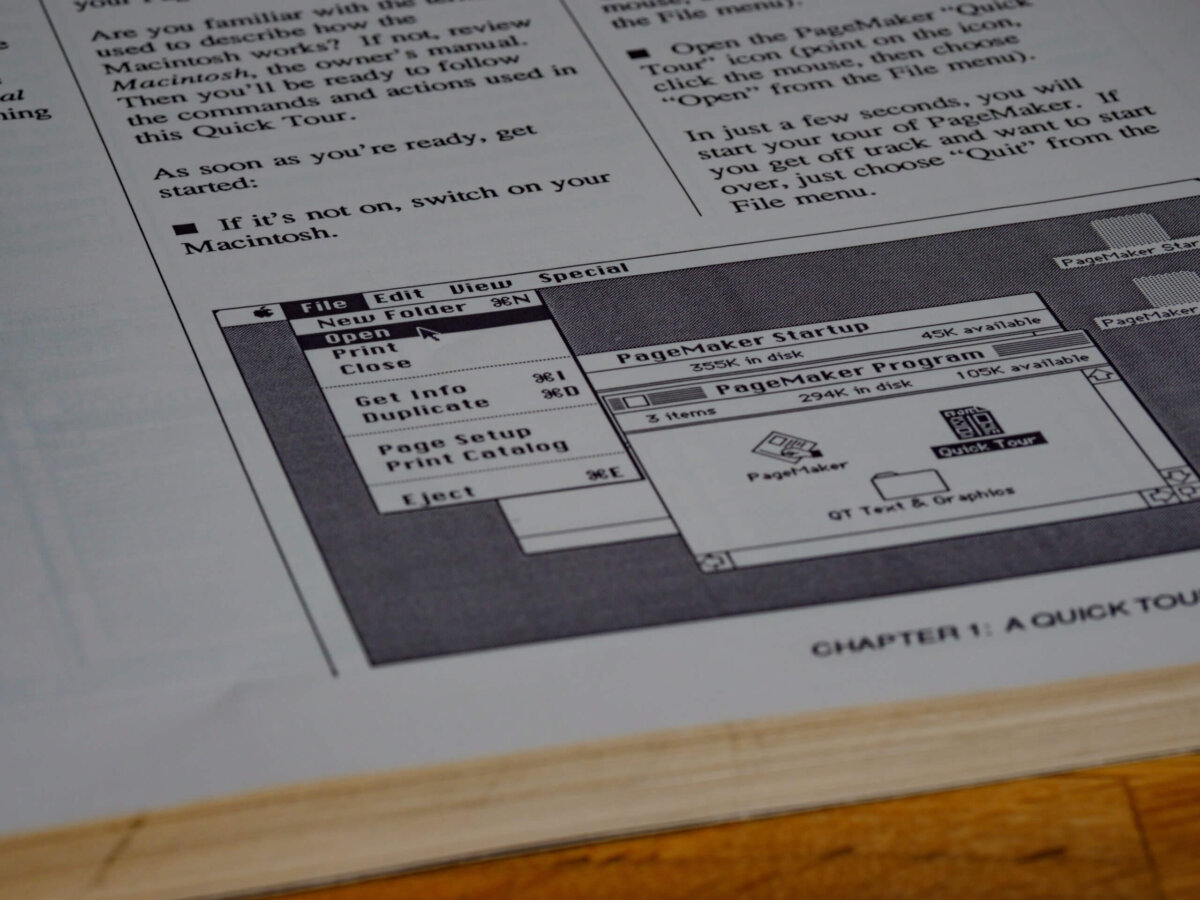We recently evaluated the correspondence of a major insurance company and its competitors. Using a benchmarking tool we developed, we rated their e-mails and letters to customers on seven Standards. One Standard that we carefully looked at was tone: “Correspondence is written in a personal, professional tone.”
While the topic of the correspondence frequently involved complex legal and regulatory issues, the insurance companies did a very good job of creating a personal and professional tone. Exactly how did they do this? We’ve identified the excellent strategies they used and provided some examples. We’ve also flagged some lapses in tone that you may find creeping into your own correspondence.
We think these do’s and don’ts provide guidance on creating the right tone in any industry or organization.
Strategies That Create a Personal, Professional Tone
1. Do use personal pronouns.
- You will receive your ATM/Debit Card by mail within seven to ten days.
- You’re automatically enrolled in our free online bill paying program.
2. Do use active voice.
- Send your payment to the address on your billing statement.
3. Do use action verbs.
- You can pay bills, transfer funds, request your auto ID card, place stock trades, set up alerts and more.
4. Do use plain, simple language.
- We’re letting you know about those changes so you can take advantage of today’s earning levels and rewards. You will not lose points, and you have until March 31, 2010, to redeem your points at the current level.
5. Do use words that show respect for customers.
- You are a valued customer, and we thank you for banking with us.
- For more information, please call a customer service representative at XXXX. We apologize for this inconvenience and look forward to continuing to serve your financial needs.
Tone Lapses That Make the Writing Stiff and Bureaucratic
1. Don’t use passive voice.
- No action is necessary unless this activity occurred without your knowledge or permission.
2. Don’t use bureaucratic language.
- Our records show that on 5/12/09 at 11:44 AM, you accessed your online account and established or updated the following information: Password
- The disclosed and corrected information is as follows:
- We are enclosing an “Important Information About Damage Caused by Flooding” notice, which you should also keep with the above referenced policy.
3. Don’t use inflated and clichéd words and phrases.
- Rest assured that you will continue to enjoy unparalleled value from our rewards program.
- Due to the new regulations
- These are challenging economic times for everyone.
4. Don’t use caveats and legalese.
- Based on the information you provided and certain assumptions we made (such as assumptions about the credit report information we obtained) to calculate this estimate, the estimated cost for the auto insurance we discussed with the coverages, limits and deductibles shown below is $407/6 months.
What did we learn by evaluating insurance industry correspondence? It doesn’t take a gecko to communicate with customers. The right tone is not a matter of accent or species. It’s choosing the right words.
— Marilynne Rudick (guest blogger)
Tags: Customer service e-mail, Editing, Tone, Usage, Words, Writing







I would love to talk to you about trading links. Please see my site at http://learnwebwriting.com and let me know. My email is kdgrier4@gmail.com
Mary Duffy and I have just published a book on writing. We totally agree with all your points; your advice is sound, wise, and quite business like. Love your site. Maybe you can visit our site and blogs:
http://sentenceopeners.com
Sentence Openers sounds intriguing. Great title! And it looks like a unique approach to writing. Would you like to send us a review copy?
Good luck with the book!